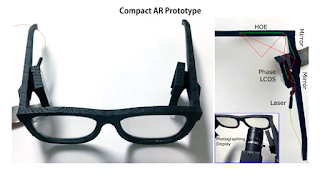The boundary between mind and
matter could be tested using a new twist on a well-known experiment in quantum
physics. Over the past two decades, a type of experiment known as a Bell test
has confirmed the weirdness of quantum mechanics – specifically the 'spooky
action at a distance' that so bothered Einstein. Now, a theorist proposes a
Bell test experiment using something unprecedented: human consciousness. If
such an experiment showed deviations from quantum mechanics, it could provide
the first hints that our minds are potentially immaterial. Spooky action at a
distance was Einstein’s phrase for a quantum effect called entanglement. If two
particles are entangled, then measuring the state of one particle seems to
instantly influence the state of the other, even if they are light years apart.
But any signal passing between them would have to travel faster than the speed
of light, breaking the cosmic speed limit. To Einstein, this implied that
quantum theory was incomplete, and that there was a deeper theory that could
explain the particles’ behaviour without resorting to weird instantaneous
influence.

Nowadays, researchers proposed an
experiment in which A and B are set 100 kilometres apart. At each end, about
100 humans are hooked up to EEG headsets that can read their brain activity.
These signals are then used to switch the settings on the measuring device at
each location. The idea is to perform an extremely large number of measurements
at A and B and extract the small fraction in which the EEG signals caused
changes to the settings at A and B after the particles departed their original
position but before they arrived and were measured. If the amount of
correlation between these measurements doesn’t tally with previous Bell tests,
it implies a violation of quantum theory, hinting that the measurements at A
and B are being controlled by processes outside the purview of standard
physics. Such a finding would stir up debate about the existence of free will.
It could be that even if physics dictated the material world, the human mind
not being made of that same matter would mean that we could overcome physics
with free will.
More information:




